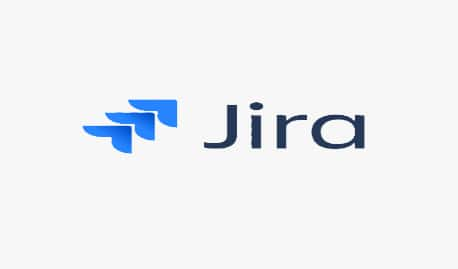The purpose of WIP limits is to improve the team's focus, efficiency, and predictability by preventing overloading and multitasking.
Work in process limits practices
The specific WIP limits for a software development team can vary depending on factors such as team size, project complexity, and organizational priorities. Here are some practices for adoption WIP limits in the team:
1. Start with team size:
- As a starting point, consider setting the WIP limit for "In Progress" tasks equal to the number of team members. This ensures that each team member is focused on one task at a time. You can adjust this limit based on the team's experience and workload.
2. Consider the nature of tasks:
- If the team is working on tasks with varying complexity or duration, you may need to adjust WIP limits to accommodate the differences. For example, if certain tasks require more time and effort, consider lowering the WIP limit to prevent bottlenecks.
3. Start small and iterate:
- Begin by setting conservative WIP limits and gradually adjust them based on your team's performance and needs. This approach allows the team to adapt to the new process and provides opportunities to fine-tune the limits.
4. Collaborate on setting limits:
- Involve the entire team in determining WIP limits to ensure they are realistic and achievable. This promotes buy-in and creates a sense of ownership among team members.
5. Communicate the benefits:
- Clearly explain the purpose and benefits of WIP limits to the team, emphasizing improvements in focus, efficiency, and predictability. This helps to foster a culture of continuous improvement.
6. Monitor and adjust
- Regularly review the team's performance and the flow of work through the development process. If you notice bottlenecks or inefficiencies, adjust the WIP limits accordingly. It may take some trial and error to find the optimal limits for your team.
7. Encourage a pull-based approach:
- Encourage team members to "pull" new tasks only when they have completed their current task and have capacity available. This helps to ensure that work is being done efficiently and that team members are not overloaded.
8.Respect the limits:
- Emphasize the importance of adhering to WIP limits and addressing any violations immediately. Encourage the team to respect the limits and collaborate to resolve issues that may prevent work from progressing.
9. Train and support the team:
- Provide training and support to help team members understand and adapt to the WIP limit concept. Offer guidance on how to manage their work effectively within the constraints of the limits.
Adoption expectations
| Steps | MVP | MVP+ |
|---|---|---|
Create Jira board with all delivery steps |
+ |
+ |
Specify limits for every delivery step based on the team capacity |
+ |
+
|
Roles
| Name | Responsibilities |
|---|---|
Scrum Master/Team Coach |
Define and track teams WIP limits
|







